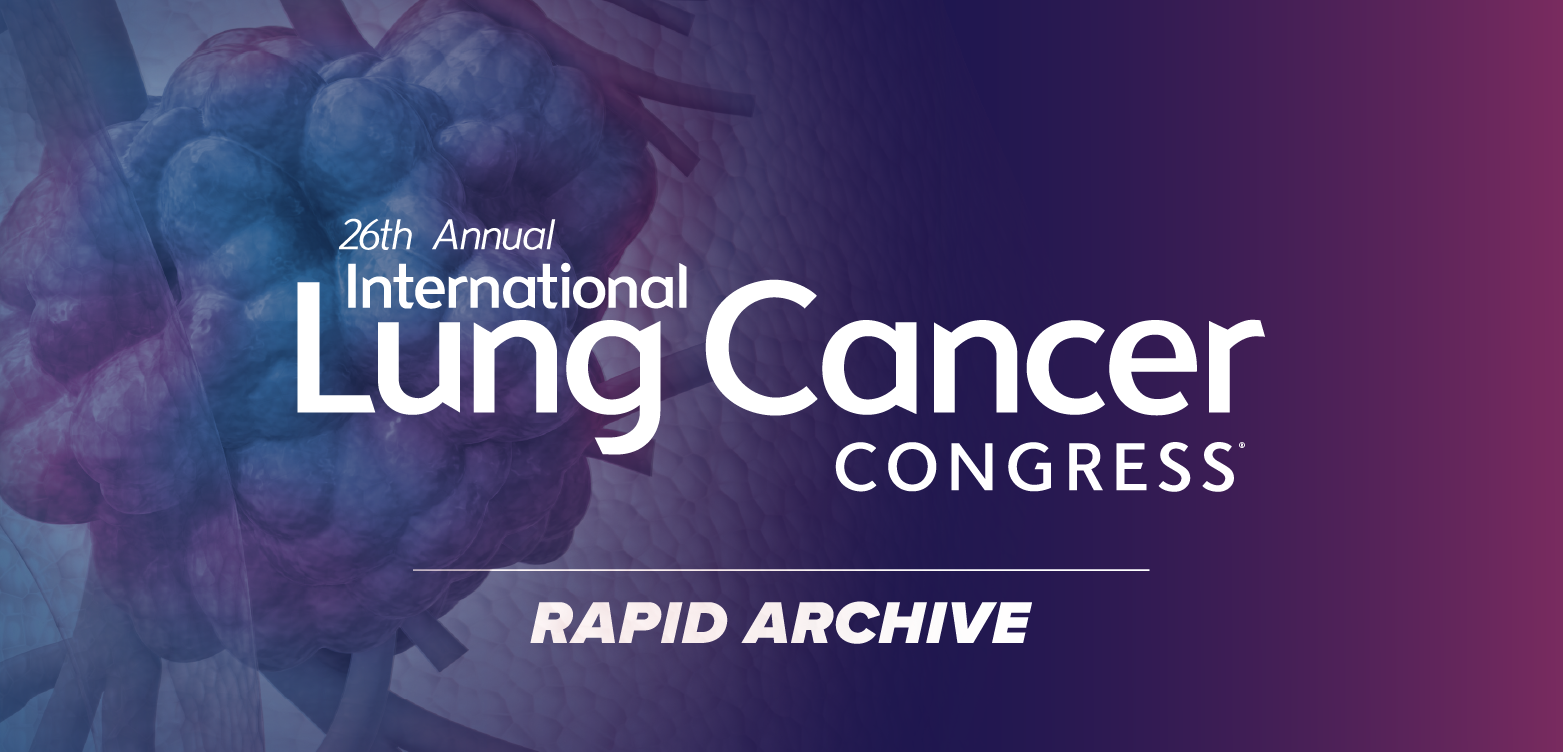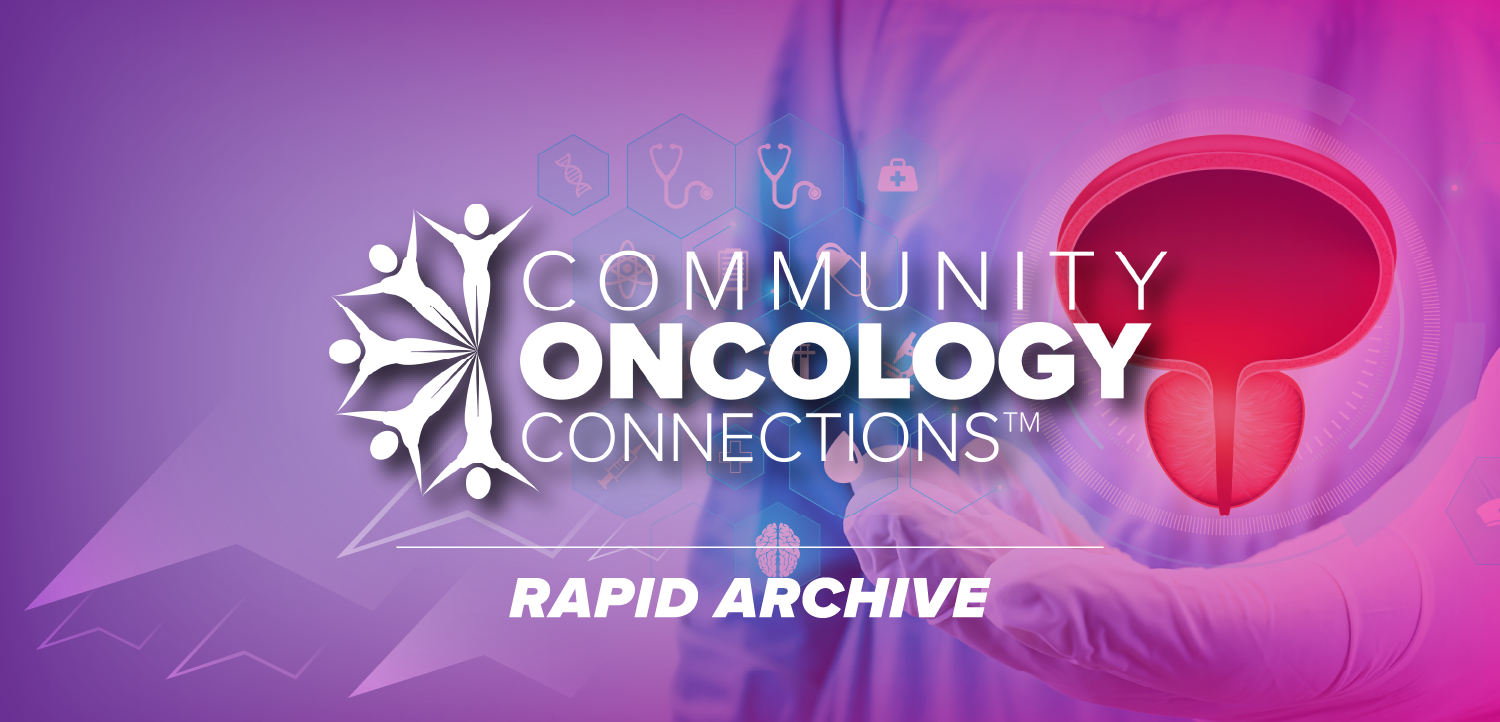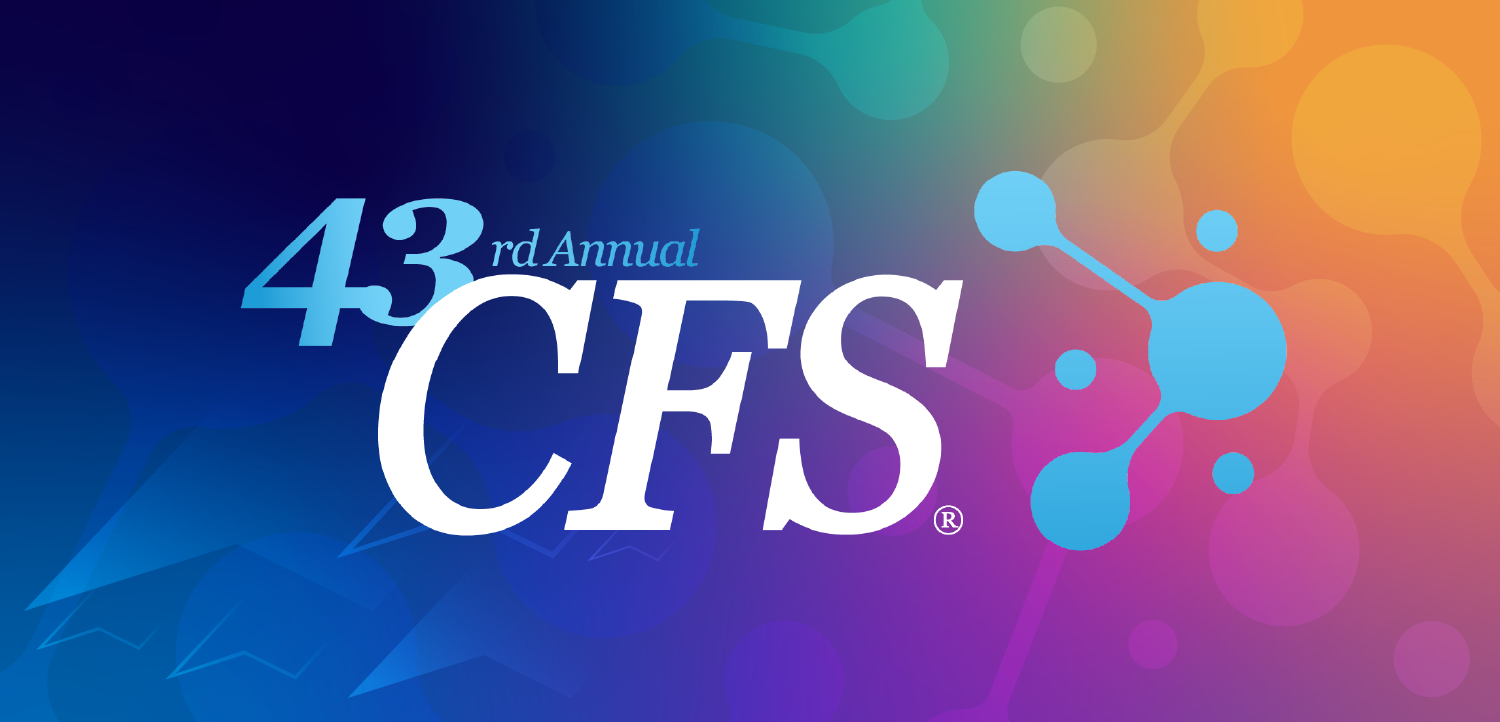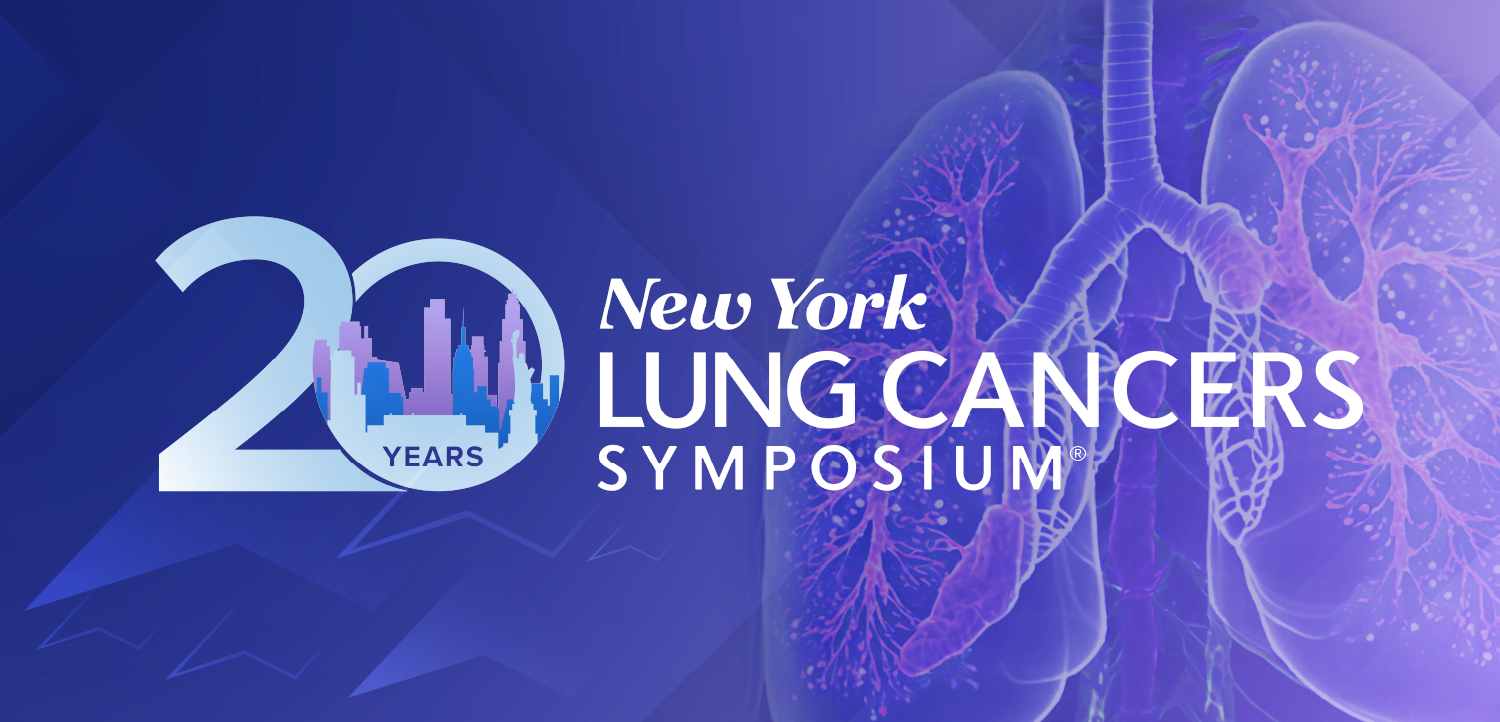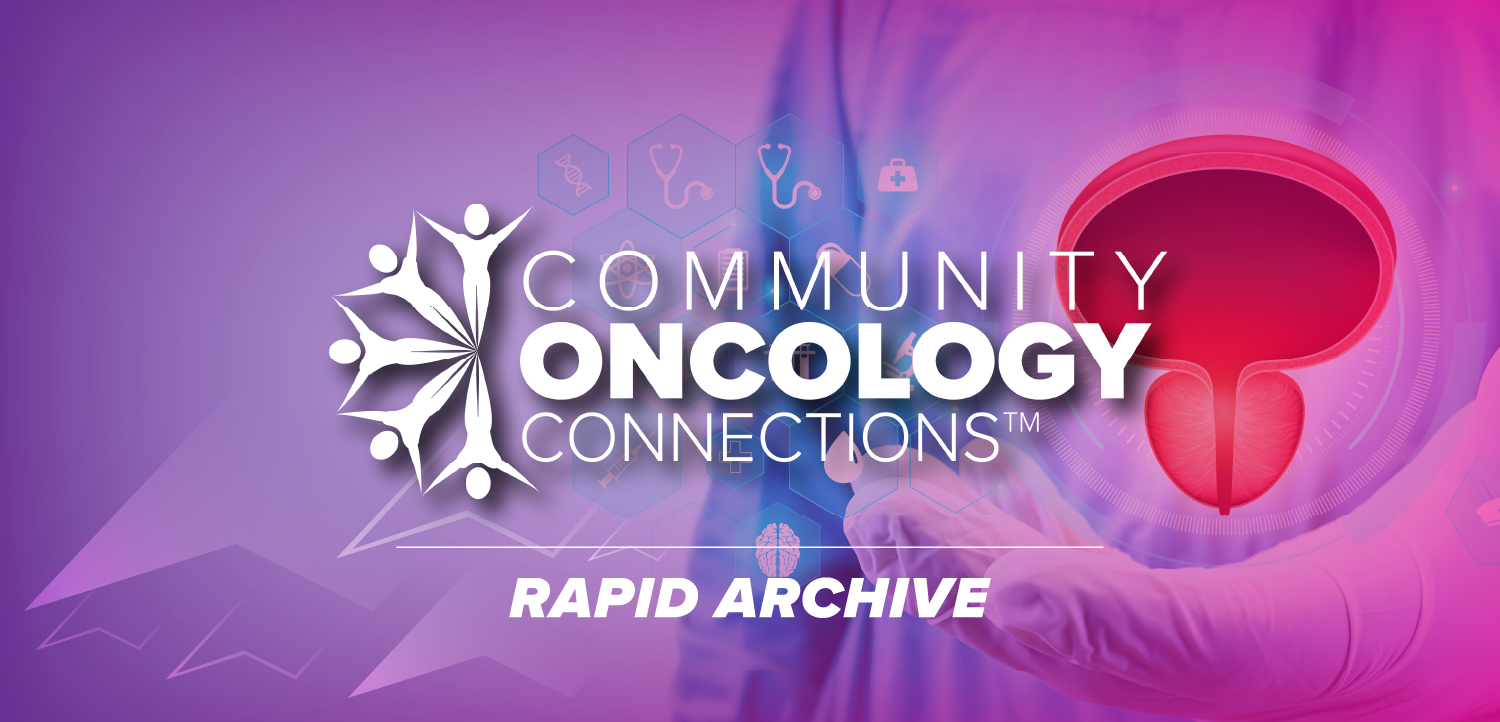Report from MDCT Symposium: Speed has its limits in using 64-slice CT
New 64-slice CT scanners offer dizzying possibilities for clinical imaging, but they are not foolproof. In some clinical circumstances, in fact, scanning capability can simply be too fast, according to Dr. Richard Hallett, a cardiovascular imaging fellow at Stanford University.
New 64-slice CT scanners offer dizzying possibilities for clinical imaging, but they are not foolproof. In some clinical circumstances, in fact, scanning capability can simply be too fast, according to Dr. Richard Hallett, a cardiovascular imaging fellow at Stanford University.
Hallett spoke at the seventh annual Symposium on Multidetector-Row CT in San Francisco on June 15.
New CT scanners are capable of table speeds of 85 to 110 mm/sec, which means scout views are being generated at 100 mm/sec, he said. But the fastest table speed may not always be the best.
In some routine applications, 64-slice CT allows lower contrast medium volumes. But enhancement of solid organs is proportional to dose of contrast and patient size. Another fast-scanning attribute is use of narrow collimation, which can lead to improved multiplanar evaluation of abdominal structures. But noise increases with thin-slice acquisition, Hallett said.
He advised users to pay special attention to potential problems with MDCT angiography.
"Don't expect to just plug in and start generating pretty pictures," he said.
Peak arterial enhancement, for example, can be easier to miss with 64-slice scanners, especially with shorter injection times. In the worst-case scenario, increased scan speed with no change in injection protocol can result in a scan that is complete before contrast injection has even started.
As early adopters of 64-slice scanners have found, too-fast CTA acquisition in runoff studies can outrun the bolus. Stanford has adopted a contrast injection protocol for runoff studies that scans every patient at a 30 mm/sec scan time.
"We've adopted the middle-of-the-road philosophy of 30 mm/sec, and I suggest you obey the same speed limit," Hallett said.
Finally, a robust MDCT program that relies on 64-slice CT is limited without sufficient PACS and IT capabilities to support it.
Hallett described 64-slice CT as a beautiful thing.
"It can improve routine CT imaging and has a significant impact on CT angiography. It's a quantum leap for cardiac imaging," he said. "But close attention needs to be paid to contrast injection protocols, table speed, image noise, and data storage requirements."
Newsletter
Stay at the forefront of radiology with the Diagnostic Imaging newsletter, delivering the latest news, clinical insights, and imaging advancements for today’s radiologists.

